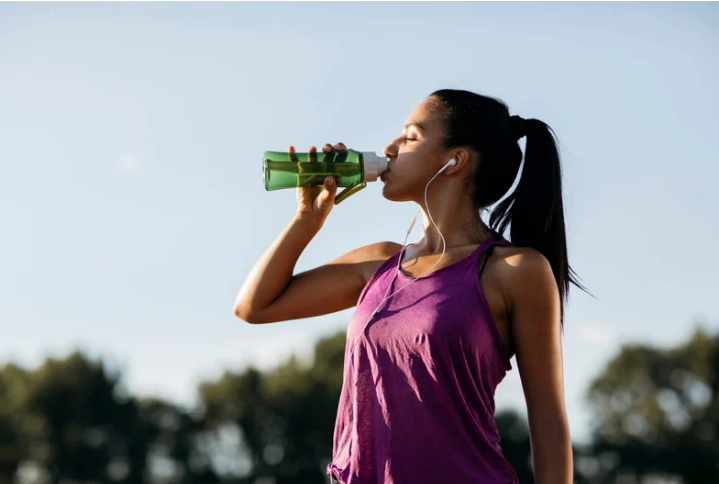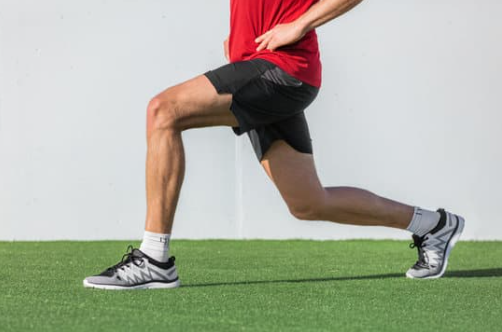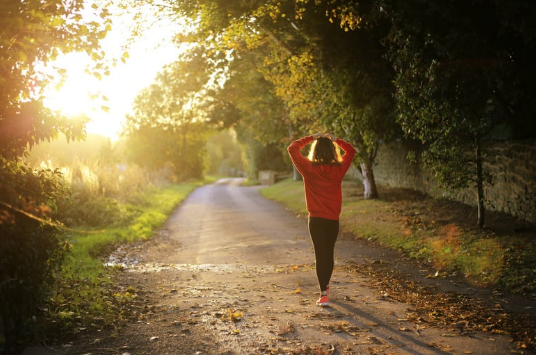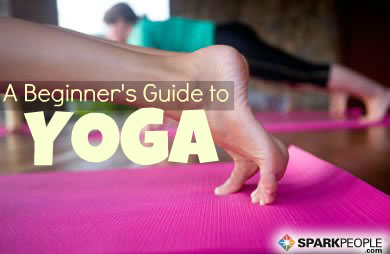Whether you’re trekking Machu Picchu, the Grand Canyon or the spectacular unknown of your local hiking trails, how you choose to prepare for a hike can make or break the entire experience. While longer, more strenuous hikes often require more advanced gear, there are a few universal items that every hiker should bring along for a safe, comfortable and enjoyable trip.
Before you head out on the trails in search of inner peace, a challenging workout or the stunning sights and sounds of nature, grab a day pack that fits comfortably on your shoulders and toss these eight items inside.
First Aid Kit Whether you opt to buy a kit or construct your own, having a basic first aid kit is highly recommended for any hike. Accidents can happen anywhere, but your odds increase when maneuvering your way across tricky terrain and uneven ground. As mom used to say, it is better to be safe than sorry, so pick up a kit. Most general shops sell both simple and more comprehensive kits, but making your own kit is also a great, cost-effective option. In addition to personal medications and emergency phone numbers, the Red Cross also recommends including adhesive bandages, aspirin, a space blanket, sterile gauze pads and more. A complete list can be found here.
Sunscreen This one is a biggie. Even if the sky looks overcast, your skin still needs to be protected from UV rays while hiking outside to avoid sunburn. The Centers for Disease Control and Prevention (CDC) recommends people liberally apply a sunscreen with a minimum of SPF 15 to any exposed skin at least 20 minutes prior to exposing skin to sunlight. If you’re on the trail for more than two hours, grab that sunscreen and slather on some more. Also consider throwing on a hat, which serves as a second form of defense for your face and scalp, and a pair of sunglasses to shield your eyes from harmful rays.
Water You should bring water with you during any strenuous activity, and hiking is no exception. Dehydration can set in earlier in hot weather, so it is important to drink enough water to replace any liquid lost through sweat. You should be drinking enough to never feel extremely thirsty, since thirst is an indicator that dehydration has already set in (often accompanied by dry mouth, headache and dizziness). If you're hiking longer distances over several hours (or days), a high-quality water filter or iodine drops might be a smart investment, allowing you to purify water found along the trail rather than carrying several gallons of water on your back.
Snacks As you push yourself on the trail, be sure to fuel your body accordingly. To avoid exhaustion and get the most out of your hike, be sure to pack a snack that is high in protein, fiber and healthy fats. Homemade trail mix is always a great choice since it is convenient to munch on while walking and can be varied to match each hiker’s preferences.
Appropriate Clothing/Footwear Be sure to check the weather prior to heading out for a hike in order to determine if it’s a long leggings or tank top kind of day. Opt for breathable clothing that allows for movement, and be sure to pack extra layers and a rain coat or poncho in case of unexpected weather changes. On the trail, your shoes can be your best friend or your worst enemy. Avoid blisters and bruised knees from slipping by investing in a solid pair of waterproof hiking shoes that fit your feet well and can manage a variety of terrains. Your toes and soles will thank you later.
Phone While hiking is a great excuse to unplug, you might want to consider bringing a phone along as a just-in-case precaution. Accidents happen on the trail, and having a phone is a great way to alert park rangers or emergency personnel in a pinch. Your phone can also be a useful tool on the trail. Interested in identifying that squawking bird or need to reference a trail map? There’s an app for that.
Map and Compass Even if you have the most advanced topographical digital map downloaded on your phone, phones die. A paper map and reliable compass will come in handy in case you need to get back to civilization the old-fashioned way. You always hope you won’t need these items, but they could be lifesavers.
Camera Because what if you see a baby weasel riding a woodpecker? Do you really want to be the guy who missed out on photographing a baby weasel riding a woodpecker?
Depending on your region, time of year and planned hike, you might also want to consider tossing in items like bug spray with DEET, a bag for collecting trash, a flashlight, a whistle, duct tape, Swiss Army knife or toilet paper. Remember, the key is to plan for the unexpected and pack accordingly. Happy trails!
A Hiker's Guide to the Perfect Day Pack
Related Articles
-
 The Importance of Post-Workout and Post-Race Recovery
The Importance of Post-Workout and Post-Race Recovery
-
 Strengthen Your Glutes, Strengthen Your Health
Strengthen Your Glutes, Strengthen Your Health
-
 14 Ways to Add Variety to Your Walks
14 Ways to Add Variety to Your Walks
-
 Road Rules: 10 Exercises Designed for Long Trips
Road Rules: 10 Exercises Designed for Long Trips
-
 Combat the Effects of Sitting All Day
Combat the Effects of Sitting All Day
-
.png) 6 Ways to Have Your Safest Run Ever
6 Ways to Have Your Safest Run Ever
-
 8 Trainers Share Their Favorite Resistance Band Exercises
8 Trainers Share Their Favorite Resistance Band Exercises
-
 Improve Your Mind-Muscle Connection
Improve Your Mind-Muscle Connection
-
 How to Turn Your Walk into a Run
How to Turn Your Walk into a Run
-
 A Beginner's Guide to Yoga
A Beginner's Guide to Yoga



